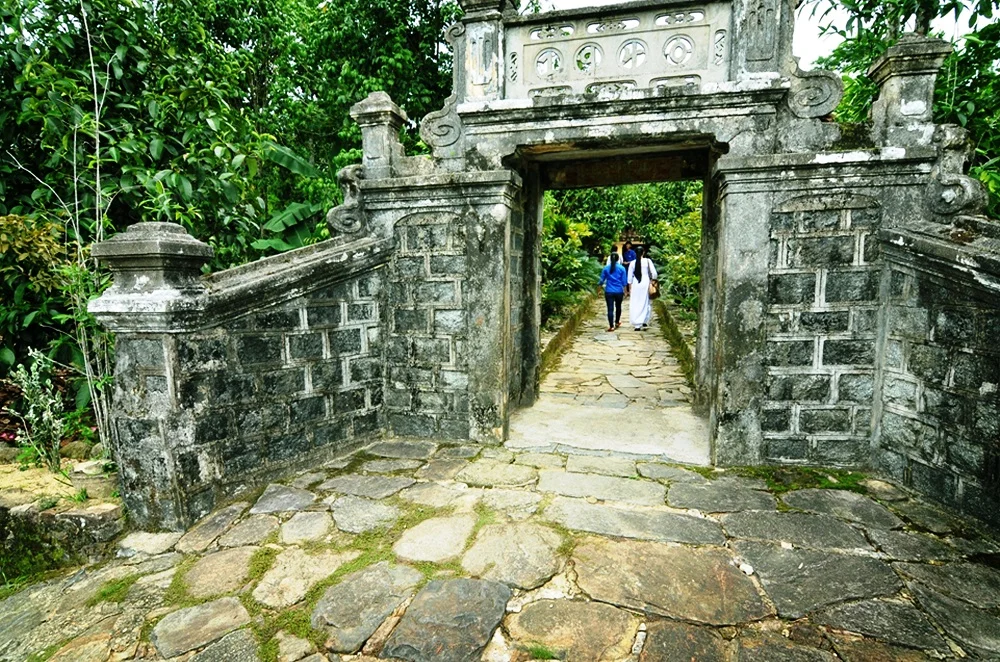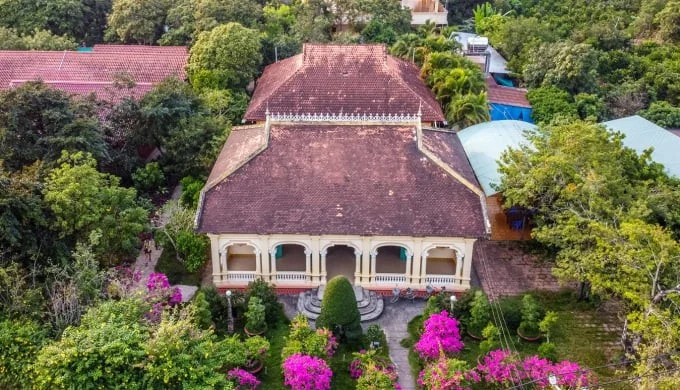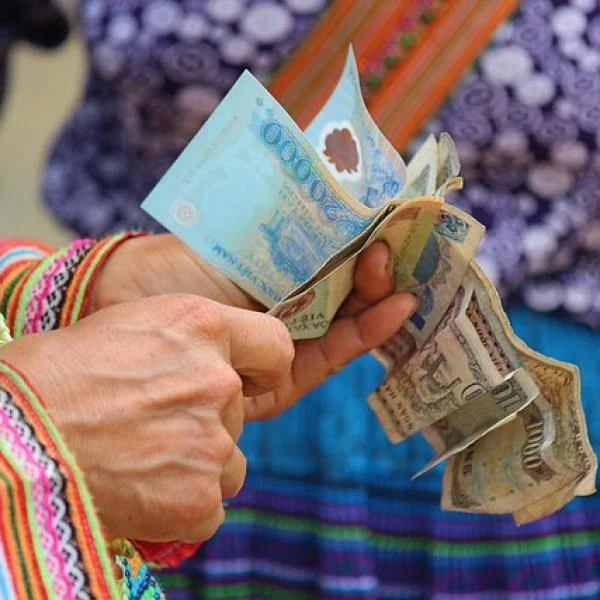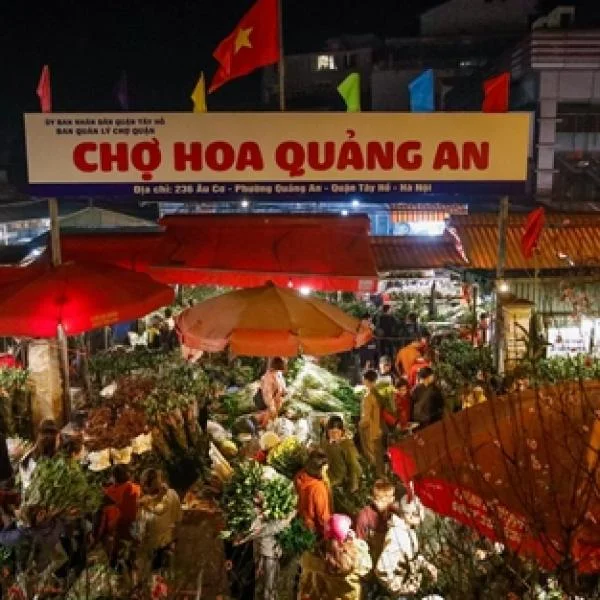Discover ancient Vietnamese villages: A Journey Through Time
Discover ancient Vietnamese villages: A Journey Through Time
Vietnam, a nation undergoing rapid modernization, still holds onto its rich cultural heritage, particularly in its ancient villages. These rural enclaves offer a glimpse into the country's past, showcasing traditional architecture, customs, and beliefs. Let's explore some of Vietnam's most historic villages, officially recognized as "national historical and cultural monuments."
Duong Lam: The First Recognized Ancient Village
Located in Son Tay town of the same name district, just 44 km away from Hanoi’s center, Duong Lam village features the typical characteristics of a rural village, including a giant banyan tree, a fresh water well, and a communal house, along with 956 antique houses dating back 100 to 400 years.
With its interesting cultural value and landscape, as well as architecture typical of the rural areas in the Red River Delta, Duong Lam village has long been a popular tourist destination in the capital.
In 2006, Duong Lam became the first village to be recognized as a national historical and cultural relic, one of the most famous villages in Vietnam.
Visiting this beautiful villages, you will have chance to visit also ancient temples, pagodas and some traditional village festivals/ traditional customs if you arrive during spring.
Tho Ha Village
Situated along the picturesque Cầu River, Tho Ha village in Vân Hà commune, Viet Yen district, Bac Giang province, is a treasure of traditional culture, showcasing the ancient beauty typical of traditional Vietnamese villages. The historic architectural structures dating back to the 16th and 17th centuries, such as the Tho Ha Temple, Đoan Minh Tự Monastery, the literary school, the village gate, and the checkpoint of the four quarters, serve as tangible signs of history. The ancient houses, built of brick and ceramics, create a unique and refined architectural landscape.
The inhabitants of Tho Ha do not primarily engage in agricultural practices; instead, they practice artisanal crafts and retail trade. In the past, the village was renowned for its pottery production, but after 1960, the residents began to focus on making rice paper and rice noodles offering many interesting actitivities for tourists specially those who would like to discover the local cuisine and eco-tourism.
Thanh Ha Village - Known for its traditional pottery and craftsmanship.
Nestled in Thanh Ha Ward, just three kilometers west of the ancient town of Hoi An in Quang Nam Province, the pottery village boasts a rich history that spans over 500 years.
Perched gracefully along the enchanting Thu Bon River, this village captivates visitors with its charm. Home to more than 30 pottery-making households and over 130 skilled artisans, it is a place where tradition thrives, as recognized by the Department of Cultural Heritage under the Ministry of Culture, Sports and Tourism.
This beautiful Vietnamese village specializes in crafting a variety of pottery pieces essential for daily life, including cups, bowls, jars, vases, pots, piggy banks, and coffee filters, each showcasing unique shapes and styles. The primary material used in their creations is clay, which lends both beauty and durability to the ceramics.
In 2019, the art of pottery making in Thanh Ha village was honored with a place on the national list of intangible cultural heritage by the Ministry of Culture, Sports and Tourism, solidifying its significance in Vietnam's rich cultural tapestry.
Phuoc Tich: A Hue Heritage
Recognized as one of the three most beautiful ancient villages in Vietnam and designated a "National Heritage Village" by the Ministry of Culture, Sports and Tourism in 2009, Phuoc Tich Ancient Village, located in Phuoc Phu village, Phong Hoa commune, Phong Dien district, Thua Thien Hue province, has become a captivating destination for both domestic and international travelers.
Situated just 40 kilometers north of Hue city, Phuoc Tich exudes the pristine beauty of a traditional Vietnamese village. With its serene and tranquil ambiance, cultivated over more than 500 years along the legendary blue O Lau River, the village resembles a picturesque countryside painting. Its charm lies not only in the iconic banyan trees, wharves, and communal houses but also in the rich heritage and cultural legacy that the people of Phuoc Tich have nurtured through generations.
Historical records indicate that Phuoc Tich was established in 1470 during the reign of King Le Thanh Tong, covering an area of approximately 49 hectares. Initially known as Phuc Giang, meaning "blessed river," the village was named for its proximity to the river and the abundance it provided. During the Tay Son period, the name was changed to Hoang Giang, honoring the founding family, with "Hoang" representing their lineage and "Giang" denoting the river area. In the era of Gia Long, the village adopted its current name, Phuoc Tich, reflecting the community's hopes for prosperity and blessings for future generations.
Loc Yen: A Hidden Gem

Lộc Yên Ancient Village, located in Tiên Cảnh commune of Tiên Phước district, is situated approximately 40 kilometers southwest of the center of Quảng Nam province. Founded and developed during the 15th and 16th centuries, the village is characterized by its wooden houses, stone alleys, tea walls, and lush fruit gardens.
Covering a total area of 279 hectares, Lộc Yên is nestled among the mountains, with homes perched on the hillsides, offering stunning views of rice paddies. This enchanting place is often referred to as a "land of fortune and blessings.
Dong Hoa Hiep: Mekong Delta Charm

Designated as a National Heritage Site in 2017 by the Ministry of Culture, Sports, and Tourism, Dong Hoa Hiep is celebrated for its exquisite traditional Southern Vietnamese garden houses.
The village boasts seven ancient homes, each ranging from 150 to 220 years old, alongside 29 additional residences built 80 to 100 years ago. These structures embody the distinctive Southern Vietnamese architectural style, characterized by five-compartment layouts, intricate wooden carvings, and elegant decorative details.
Inside these historic homes, visitors can admire a collection of antique treasures, including mother-of-pearl inlaid wood panels, intricately carved furniture, and rare ceramic artifacts, each telling a story of the past.
In contrast to some ancient villages where houses are closely clustered, Dong Hoa Hiep's residences are beautifully interspersed among lush fruit orchards, creating a rustic yet enchanting landscape that captivates all who visit.
Conclusion
Vietnam's ancient villages offer a unique opportunity to experience the country's rich history and culture. These historical sites not only preserve the nation's past but also provide valuable insights into traditional Vietnamese lifestyles. Whether you're interested in architecture, history, or simply seeking a peaceful retreat, these villages are worth exploring.








